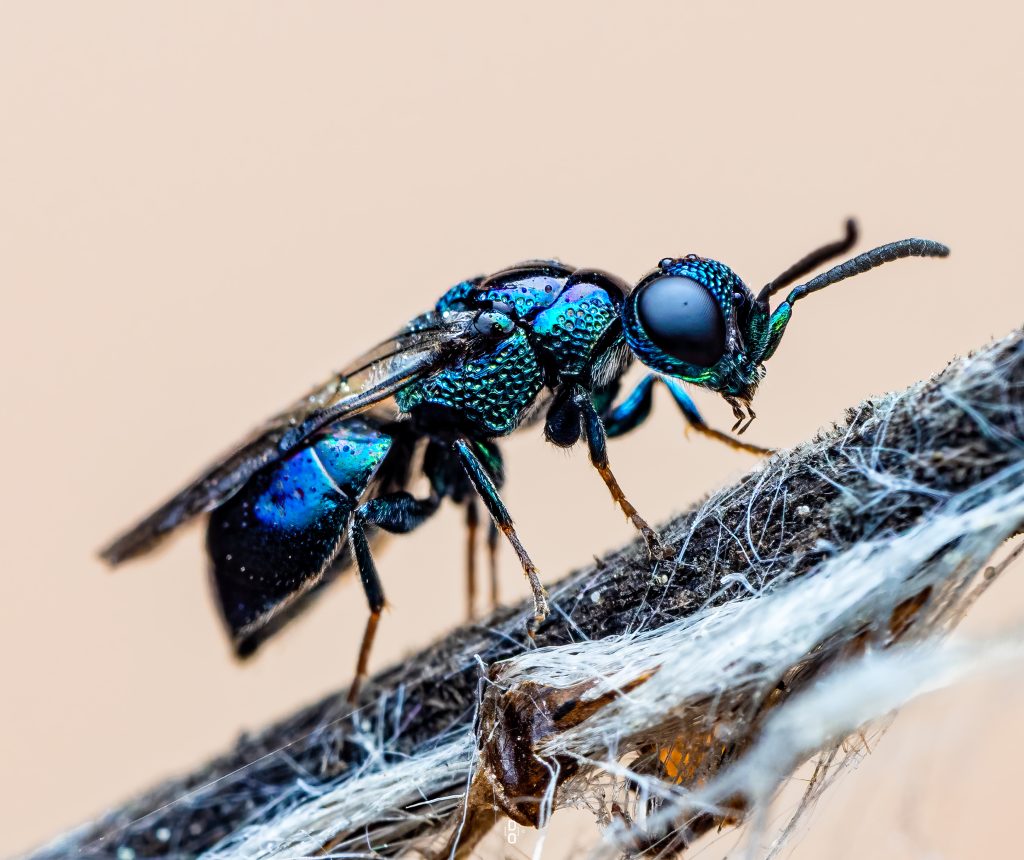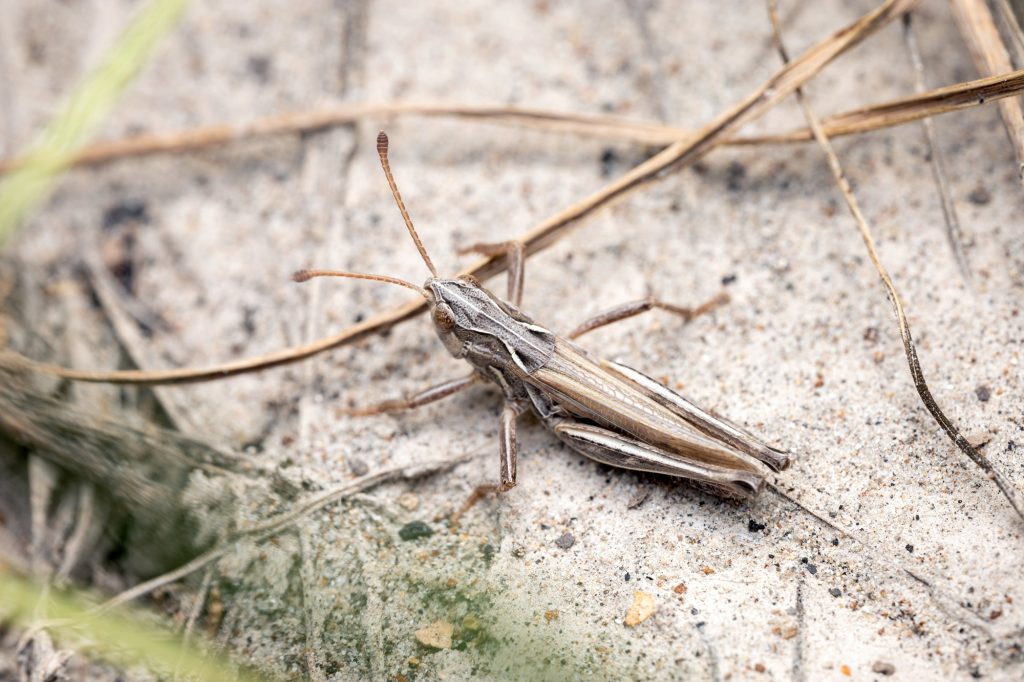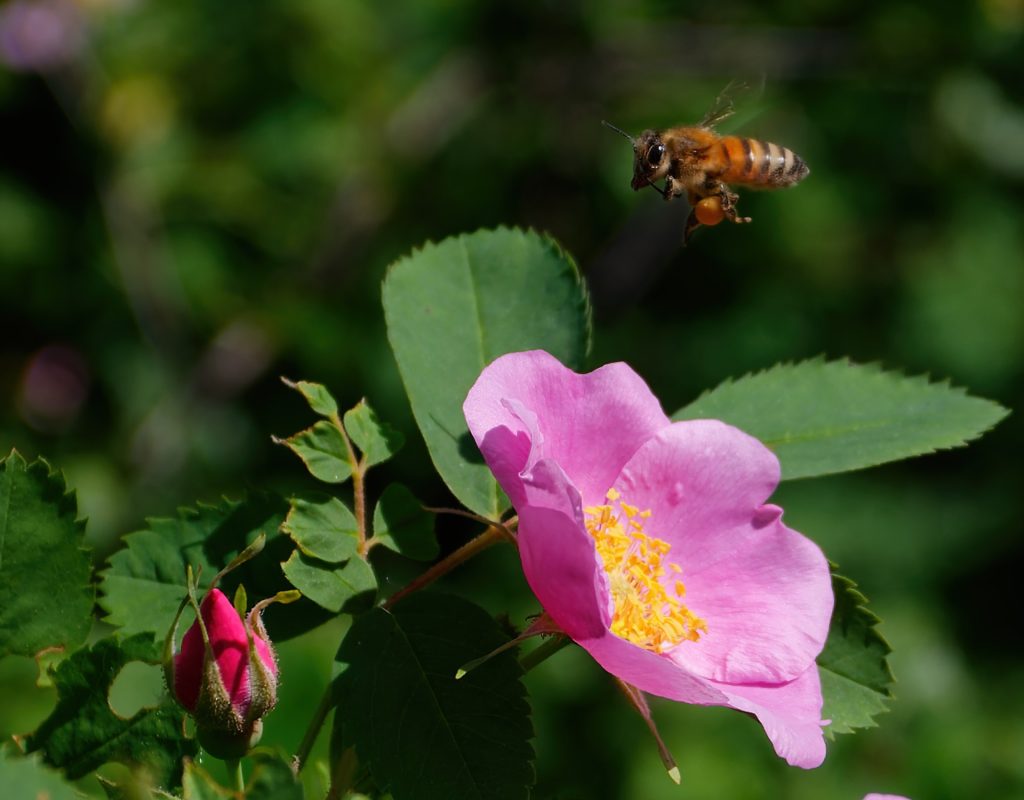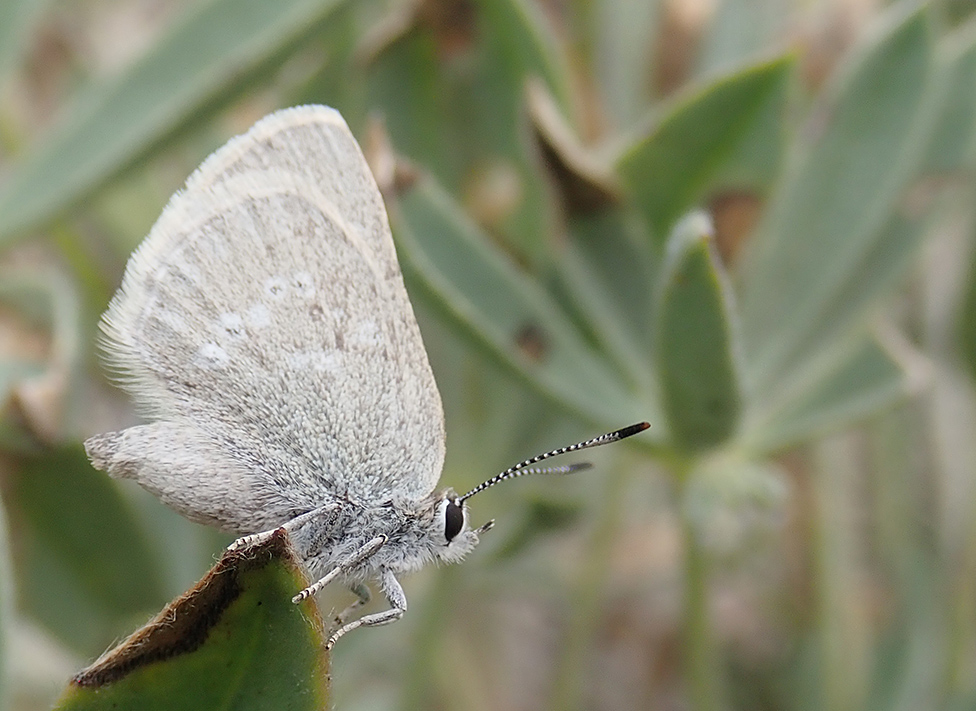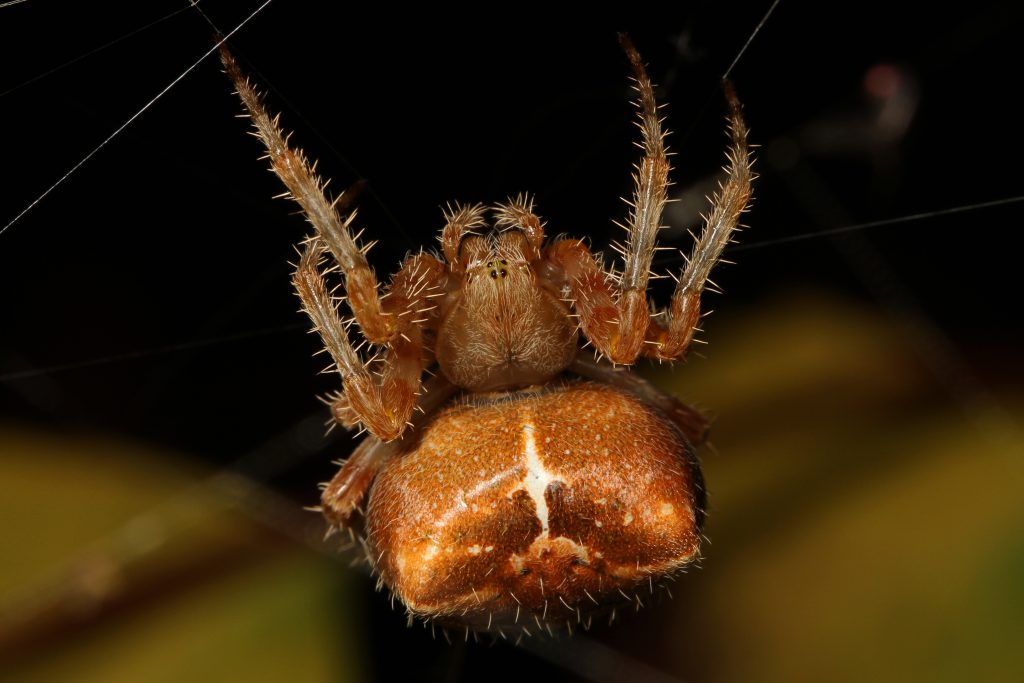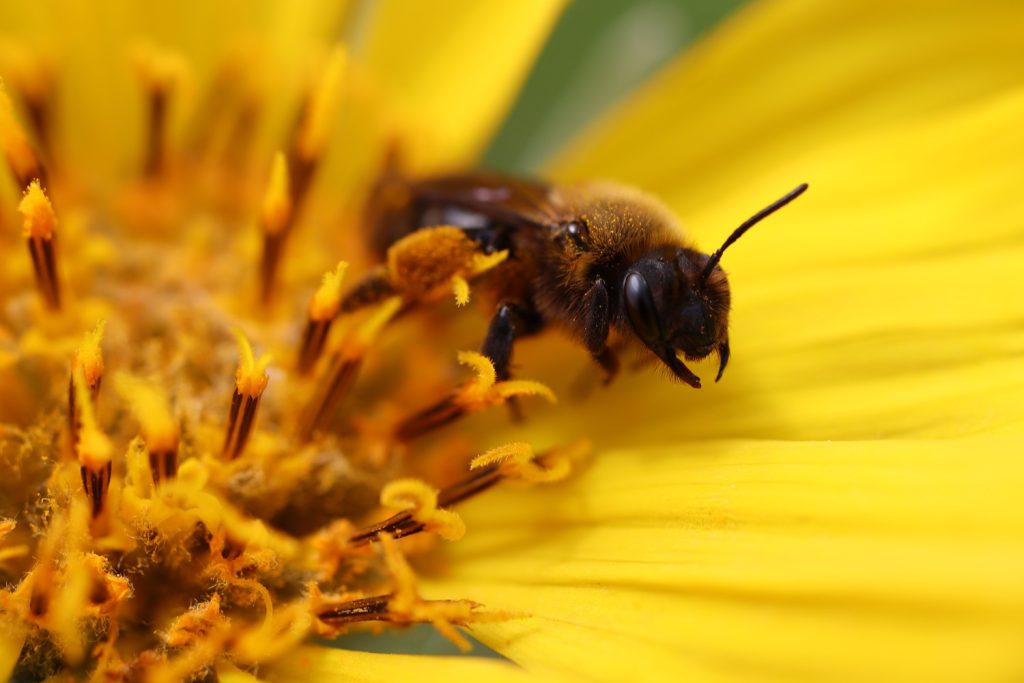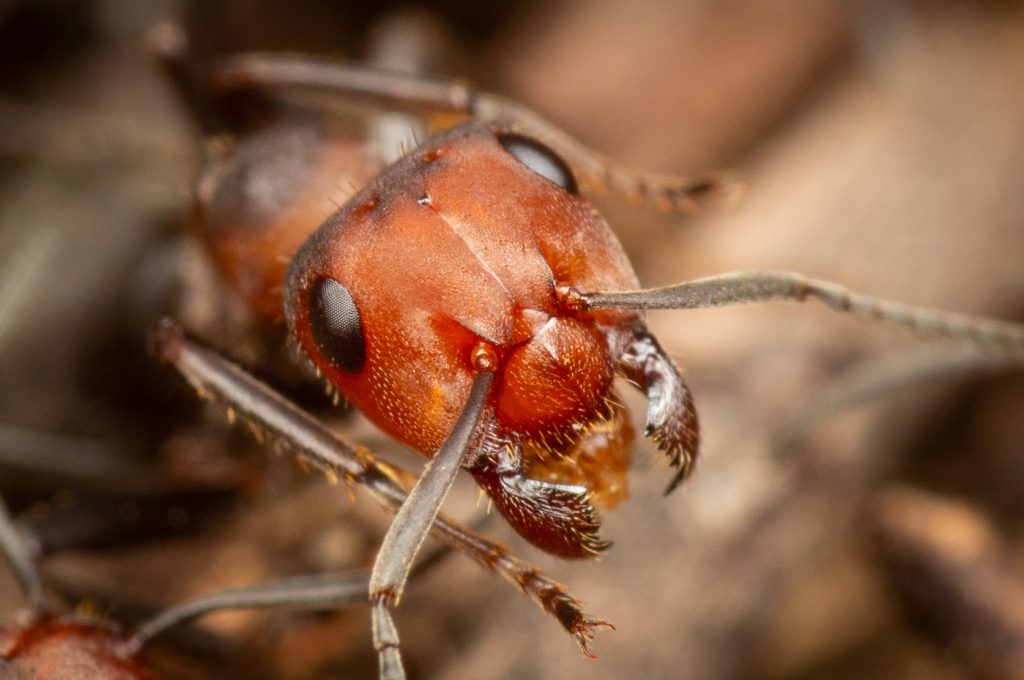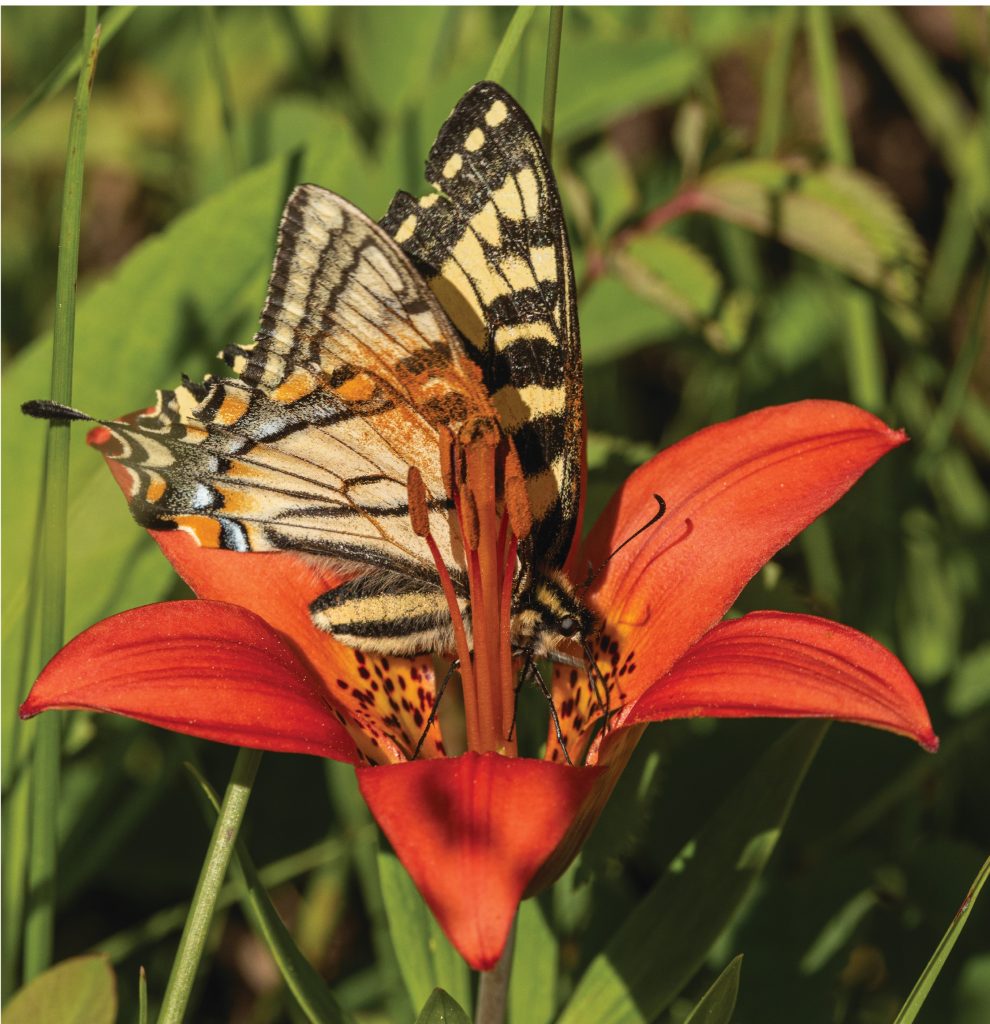Insects
Singing Insects of Alberta
BY KEVIN JUDGE
A chorus rises that has rung out across the landscape since time immemorial. Insect “song” is remarkably varied, complex, and fascinating.
Read MoreArthropods Among Us: Unseen Ecosystem Architects
BY DARA OJO
Enjoy a VERY close look at some typically unseen ecosystem architects through Dara Ojo’s incredible arthropod macrophotography!
Read MoreSinging Insects of Alberta
BY KEVIN JUDGE
Common singing insects found in Alberta, organized by the time in which they sing, with links to the Singing Insects of Alberta YouTube channel.
Beneath the Buzz: Alberta’s Native Bees as Nature’s Unsung Heroes
What’s the buzz? What’s happening with Alberta’s unsung nature heroes: native bees!
Read MoreSurvival Against the Odds: Alberta’s Half-moon Hairstreak Butterfly
BY BENNY ACORN
Waterton Lakes National Park is truly one of the most remarkable areas in all of Alberta, where natural beauty is partnered with rich and unique biological diversity. Although you would not expect it, the story of one of Alberta’s rarest insects begins here, under the late-winter snow. This is a story of unexpected alliances, remarkable specialization, and perseverance in the face of catastrophic adversity, and it all takes place on the Blakiston Fan.
Read MoreSpiders: The Misunderstood Jewels of Alberta’s Biodiversity
BY JAIME PINZON
Alberta is home to 628 species of spiders, representing almost half of those recorded in Canada. That’s more than the number of bird species we have in the province. Despite this great diversity, you are unlikely to encounter more than a small fraction of these species because many of them are either too small, have cryptic behaviours, or live in remote habitats.
Butterflies for Beginners
BY NICK CARTER
My experience is that once you’ve been bitten by the entomology bug, you won’t look back. A good place to start, if you are keen to expand your biodiversity horizons, is butterflies. Butterflies provide a good introduction to the world of insects for a variety of reasons. Many species are bright, colourful, and not too hard to find.
Read MoreThe Wonderful World Of Bees
Recorded Presentation
Speaker: Megan Evans
Host: Nature Alberta
Exploring the Amazing World of Ants
BY JAMES GLASIER
Ants are an integral and ever-present part of Alberta landscapes. Besides being resilient, ants are diverse, numerous, and ecologically important. In this article we take a deep dive into the ants of Alberta.
Read MorePollination on a Wing and a Prayer: Wood Lilies and Swallowtails
BY LAWRENCE HARDER & TIM SCHOWALTER
Examine the remarkably close relationship between wood lilies and swallowtail butterflies.
Read More

